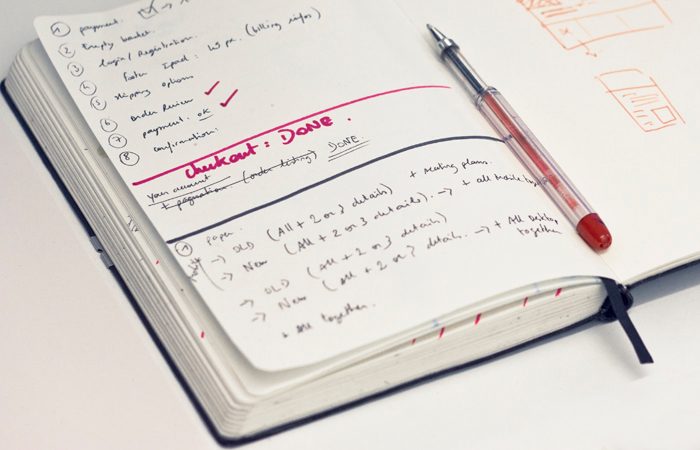Bureau for Visual Affairs
Founded: 2002 Based: London Staff: 10 Notable clients: Whistles, The British Museum, The Southbank Centre, Anya Hindmarch Website: bureau-va.com
“Ask people what they like the internet for, they will tell you about what it can do for them,” says Simon Piehl, founder of London-based Bureau for Visual Affairs. “Nobody will speak about how pretty it is – some sites, let us think of a large internet auction place – may look like the back of an airport but are some of the most popular online brands out there. So for us it comes down to a simple truth; no amount of good looks will make an interaction work, aesthetics can only add value to an already working interaction.”
It’s interesting to hear Simon speak so frankly about the hierarchy of needs in digital design, particularly when you consider BureauVA’s client list includes leading artists, some of the most respected fashion brands around and world-renowned cultural institutions like The British Museum and The Southbank Centre . And yet despite producing “content-driven, UX heavy websites” for such creatively-savvy organisations, Simon is refreshingly matter-of-fact about what goes on when people visit a website.

“We focus very much on the exchange a website can enable between an organisation/brand and its audience. We think of this as the energy in the system. With our clients, we develop personas to understand audiences, match their needs to what an organisation can deliver and then start building the user-experience around that. Digital design – both visual and experiential – is concerned with what is now the main touchpoint for most brands, so it has a huge role to play. My generation grew up with the invention of the lifestyle brand (swoosh etc.), but that was mainly visual. Today's brand is experiential, it's how it does what it does rather than just how it looks while doing it.
“Incidentally this is where we feel there is a lot of work to be done, in the intersection between branding and the translation of a brand to digital behaviour, rather than just a colour palette,” he adds.
However rooted in reality it may be, it doesn’t mean that Simon has no room for a little romance when it comes to the design process. On more than one occasion he talks about the importance of “love and affection” and building it into the products and services BureauVA produces. “A lot of this has to do with the principle and attitude of building for the user and thereby generating brand engagement as a by-product – engagement that is the life-blood of both brands and institutions, the stuff that powers propositions. If one starts regarding digital as a service channel – rather than one for representation – and develops accordingly that's half way there, the rest is craft.”

This way of thinking may help explain BureauVA’s successes for clients with very different kinds of goals. So for The Royal Institution (a charity that promotes science in the UK), the studio’s new website and video platform helped deliver a 140% increase in event attendance. Meanwhile for The British Museum , Simon and his team developed an interface that allowed visitors to the site to search artefacts based on their relationships with each other. The idea was to design a search function based on how (most) people think and talk about historic objects. “We developed an interface modelled on human speech – allowing the user to effectively put together a search query in a sentence, that describes the context of the objects I am looking for – i.e. influenced by Rembrandt and made in France.”
Alongside this is harder nosed e-commerce work for clients like Whistles but Simon really enjoys having a diverse client list and comparing and contrasting their needs and approaches.“BureauVA explicitly seeks to work with both the cultural and the commercial sector; we feel we can learn from one another, and want to be part of the dialogue happening at the intersection. As a result of the re-organisation of funding for this sector, cultural organisations are learning about the harder and more commercial aims of their work – the facts that determine success or failure of a project.”
“However, we find that the individual stakeholders in a given cultural organisation are more diverse in their outlook than they are – typically speaking – in a purely commercial scenario. A core challenge therefore is to ensure that the project is developed in a user-centric rather than organisation-centric way.” These kind of core challenges are exactly what seem to drive Bureau for Visual Affairs from strength to strength.